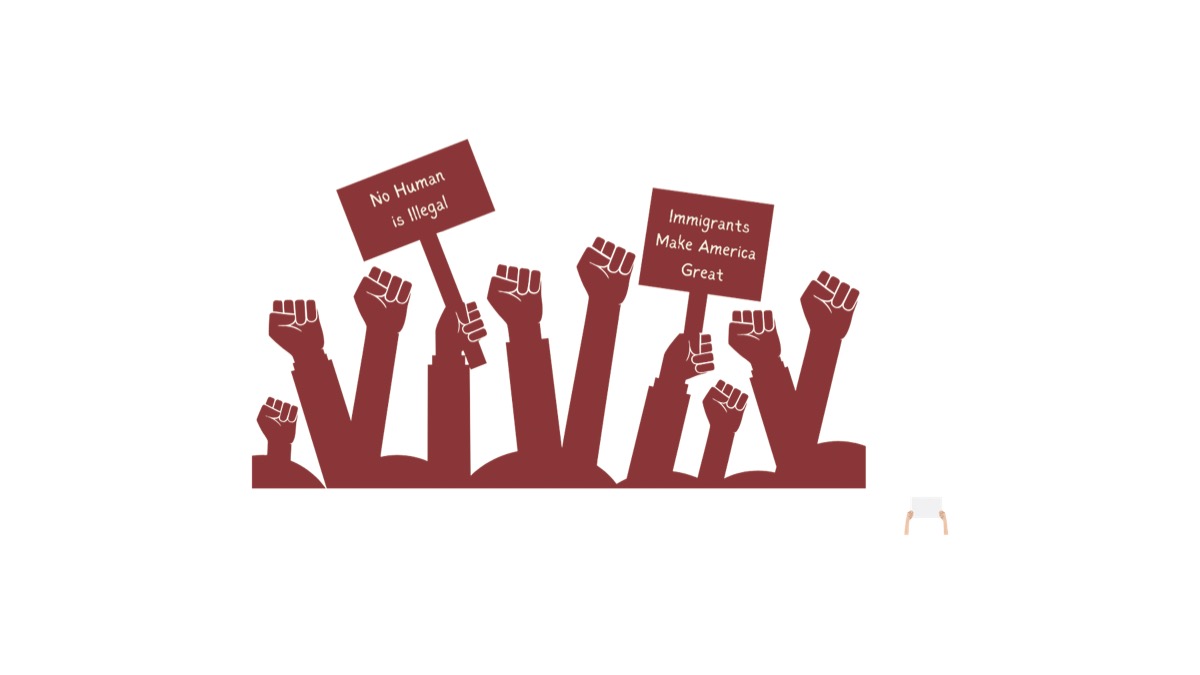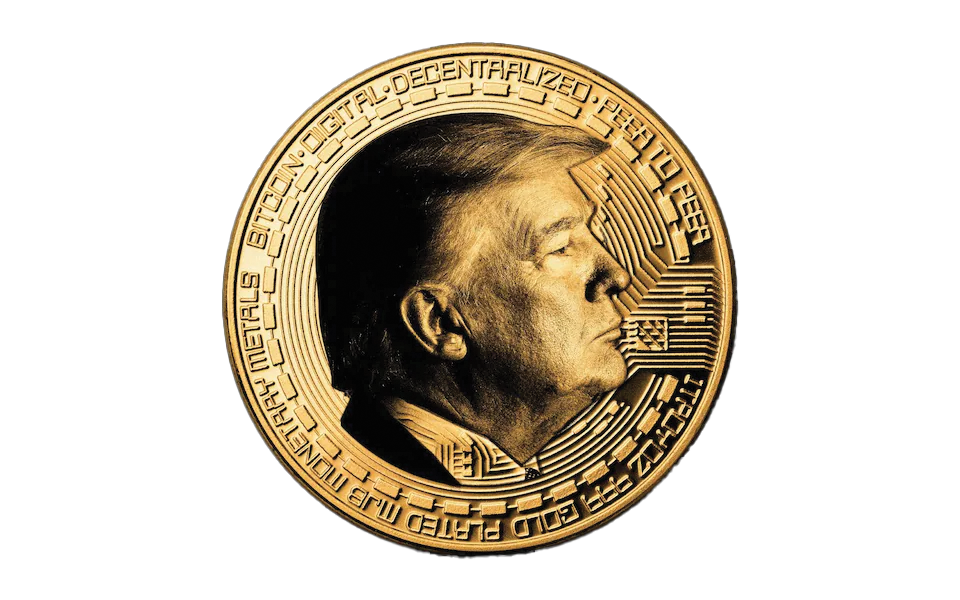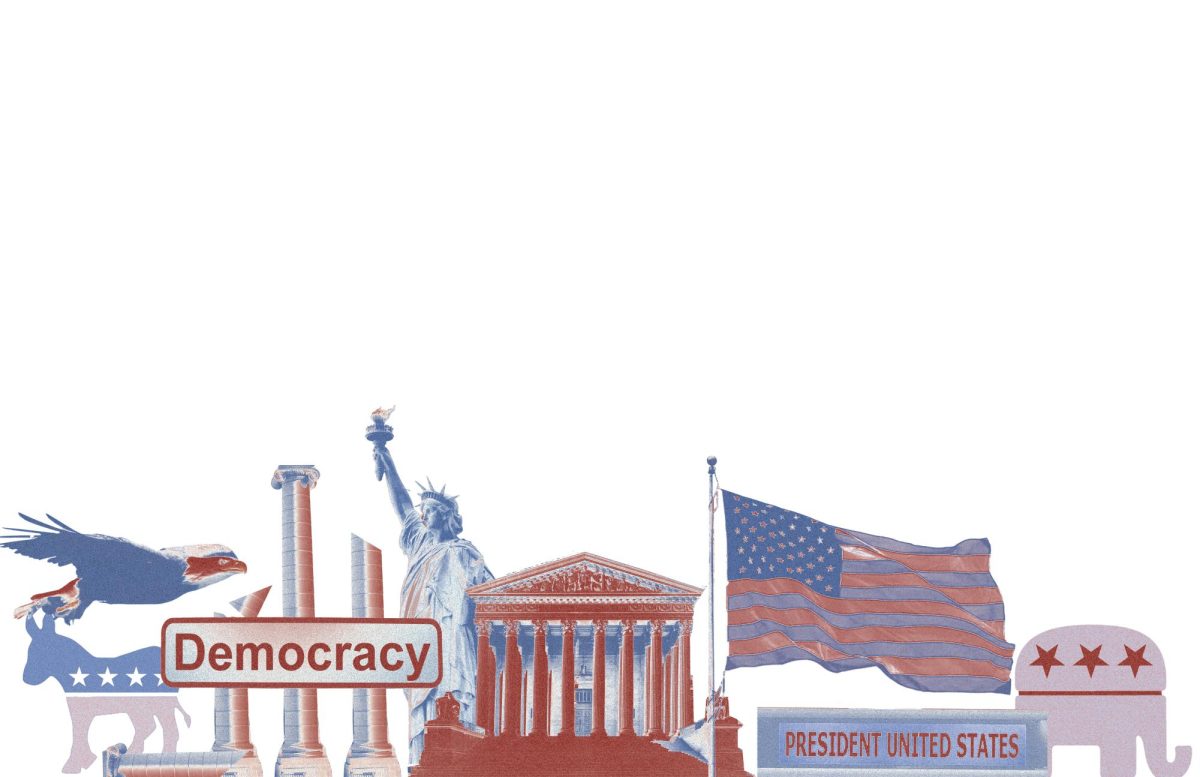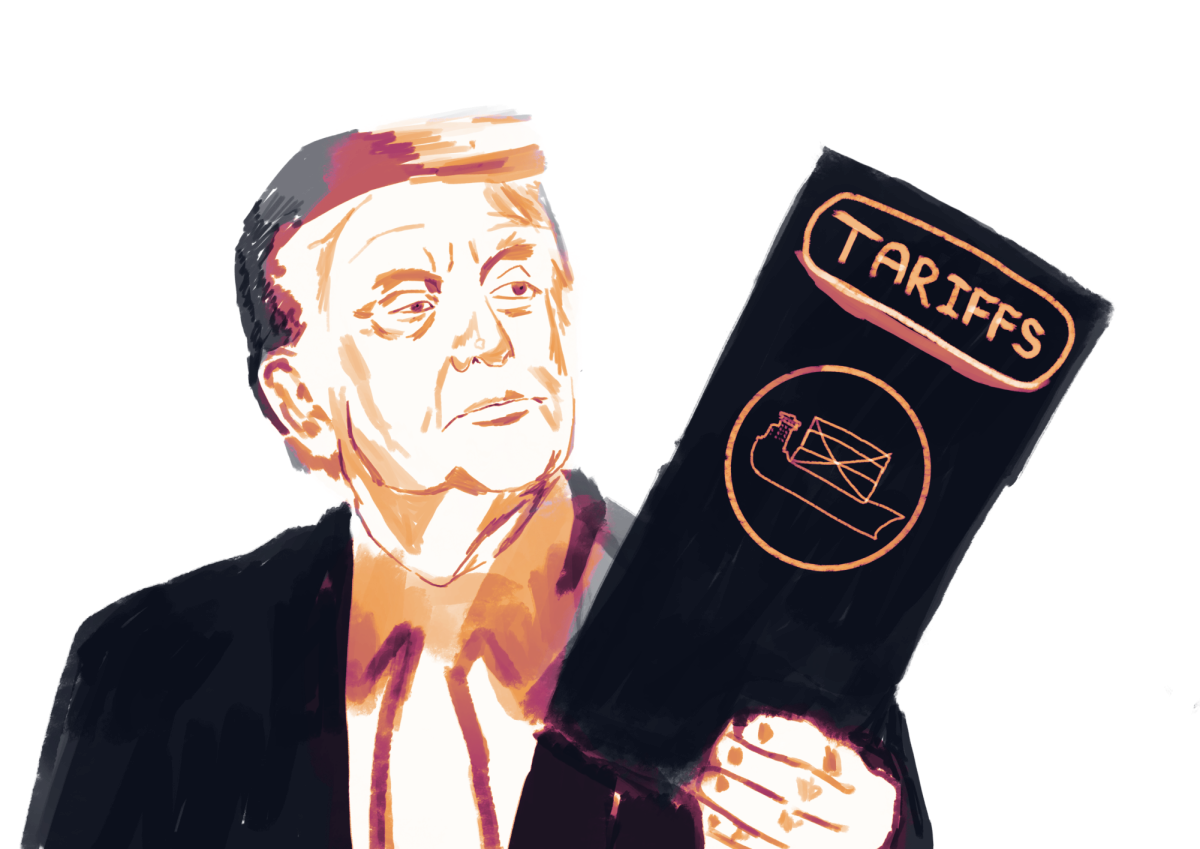Tariff: A tax or duty to be paid on a particular class of imports or exports. The definition is simple, yet the impact of tariffs is anything but. These taxes can influence every single product online, in the grocery store, and at the gas station.
Now, with new tariffs imposed by President Trump in through executive orders, the debate over their consequences has reignited.
President Trump announced a series of tariffs aimed at China, Mexico, Canada, and the steel and aluminum industries. These policies are likely to raise costs in the short run, but they could strengthen domestic industries and national security in the long term.
The 10% tariff on Chinese imports is a move similar to Trump’s previous trade war with China during his first term. While the goal is to pressure China into fairer trade practices and reduce reliance on foreign manufacturing, the immediate effect is higher prices for American consumers.
A study from Georgia State University found that previous tariffs cost American businesses and consumers $51 billion annually. This time around, similar price increases are expected on everything from electronics to clothing.
However, some economists argue that tariffs could be a necessary step to move production back to the United States. The Economic Policy Institute claims that past tariffs helped protect American jobs in manufacturing and reduced reliance on foreign supply chains.
While these benefits take months or years to materialize, they could strengthen the domestic economy in the long term. I believe that this 10% tariff will be a net positive since American businesses have spent too long being undercut by cheap Chinese manufacturing.
A 25% tariff on imports from Mexico and Canada is somewhat concerning, however. Automakers and agricultural producers, who depend heavily on goods flowing between these countries, face the possibility of increased costs that will ultimately be passed down to consumers.
Higher tariffs on Mexican imports could mean pricier produce at grocery stores, while car manufacturers that rely on Canadian and Mexican parts may see rising vehicle prices.
Even though these tariffs are being used as political leverage to push Mexico and Canada into stricter enforcement of the border, we shouldn’t punish our allies with such high tariffs to strengthen our own economies.
Perhaps the most contentious of all is the reinstatement of a 25% tariff on steel and aluminum imports, aimed at restoring domestic production. Yet, the immediate downside is clear: industries like automotive and construction that rely on steel and aluminum will face significantly higher costs.
Reuters reports that past tariffs on steel increased costs for manufacturers, with American businesses ultimately paying $900,000 for every job created in the industry. The concern now is whether the same pattern will emerge, hurting downstream industries more than it helps raw material producers. With so many natural disasters happening every year, the tariff on building materials is not what the American people need.
What does all of this mean for the economy? In the short term, price increases and trade disruptions are likely. Tariffs are, essentially, a tax—one that businesses frequently pass directly to consumers. Consumers could soon feel the effects in the form of higher costs on everyday items, from appliances to groceries.
The long-term impact is less clear. Supporters of these tariffs argue they will force businesses to invest in domestic manufacturing, reducing reliance on foreign supply chains and strengthening the economy. The question remains whether these industries can adapt quickly enough or whether the economic pains will outweigh the gains.


































